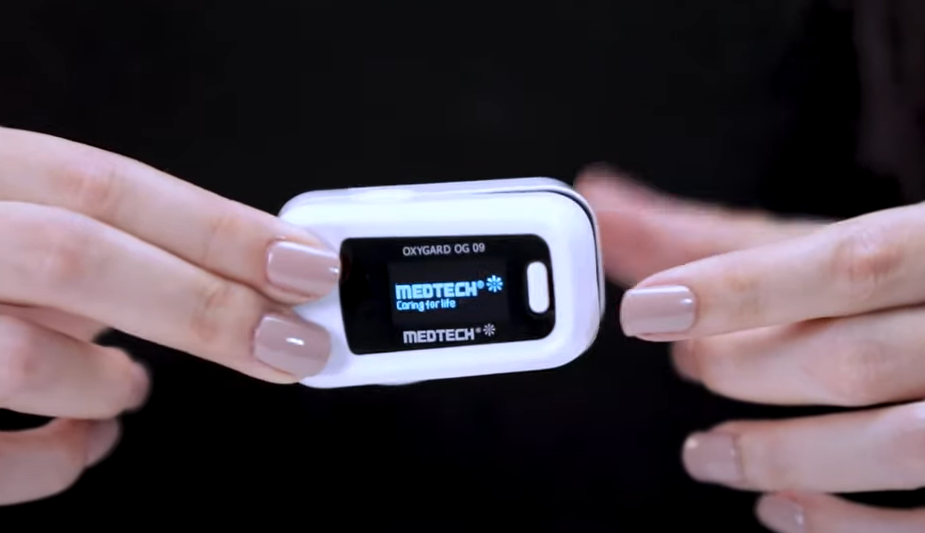Customer Care (10am-6pm Mon-Fri)
-+9172080 88720
Customer Care
(10am-6pm Mon-Fri)
+91-72080 88720

In today's time,pulse oximeters are coming into the game for the extra benefit they come with. It is non-invasive, so no needle has to be inserted into the skin. Being lightweight, portable, feasible, and affordable makes it a good choice for people with certain diseases. Also, pulse oximeters are wonderful for monitoring the level of oxygenated blood in the body. Within this blog, we will be discovering more about pulse oximeters and their importance.

The pulse oximeter is a device that helps measure the oxygen saturation level in the blood. As far as it is concerned, it is considered one of the painless devices where the blood is not to be used to check the saturation level.
The working of pulse oximeters is simple. A clip-like device has to be sandwiched around a finger. The device uses light, which measures the level of oxygen. The reason behind using this is to know whether the body has enough oxygen to help with the body’s functioning.

 The question must arise does the level of oxygen indicate what kind of disease? Usually, the ability of pulse oximeters to indicate oxygen saturation levels highlights the severity of some conditions. Here are the following diseases that pulse oximeters can detect:
The question must arise does the level of oxygen indicate what kind of disease? Usually, the ability of pulse oximeters to indicate oxygen saturation levels highlights the severity of some conditions. Here are the following diseases that pulse oximeters can detect:
Cases of negligence are common. It's not very easy to detect the symptoms of low oxygen levels in the body and know their severity. This part can help you know when to see the doctor or use pulse oximeters at home. Following are the symptoms that you must not ignore if they emerge:
A pulse oximeter signifies a low level, which can become a signal to visit the doctor. Any of the above symptoms is not just a sign of a low oxygen level but also shows the possible chances of developing respiratory problems.
It needs to be noted that a decreased level of oxygen saturation is interrelated with respiratory issues. Therefore, having such medical devices can not only help prevent them but also manage respiratory care. Therefore, it is advised to consult with a doctor when any symptoms arise and use a pulse oximeter if you are more likely to have low oxygen levels.
Leave a comment